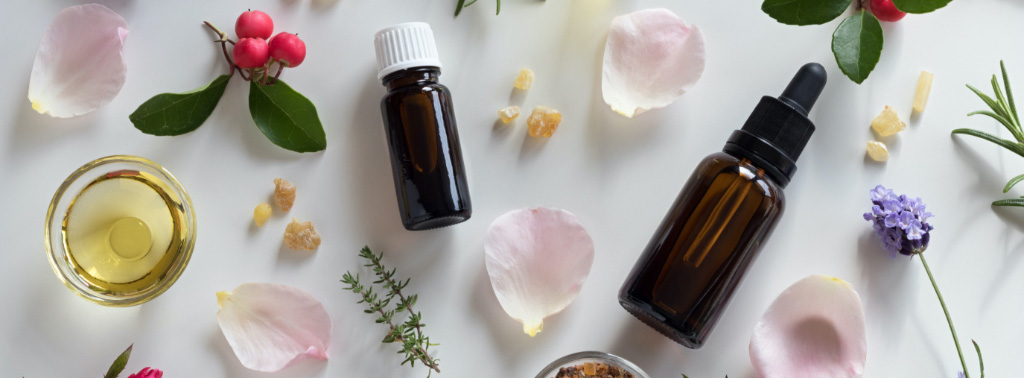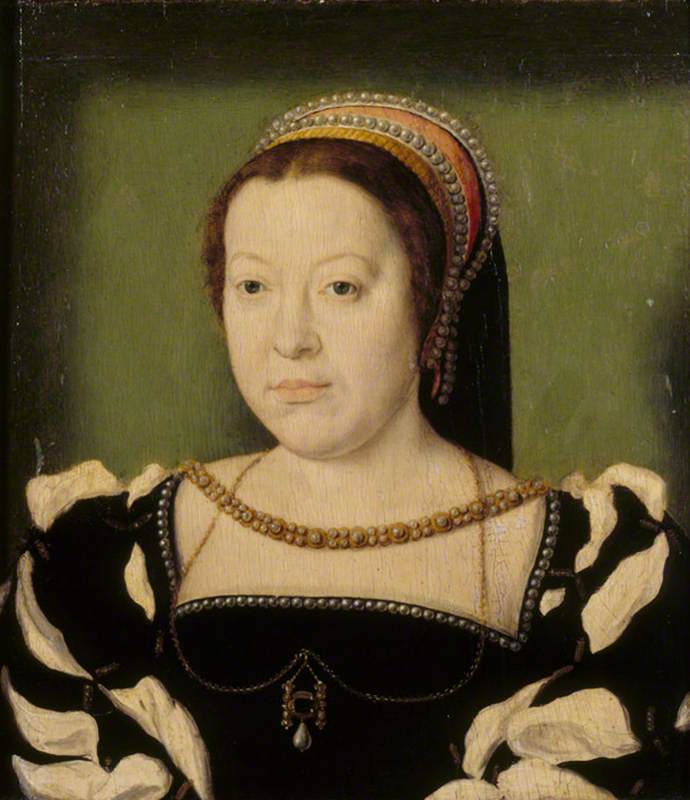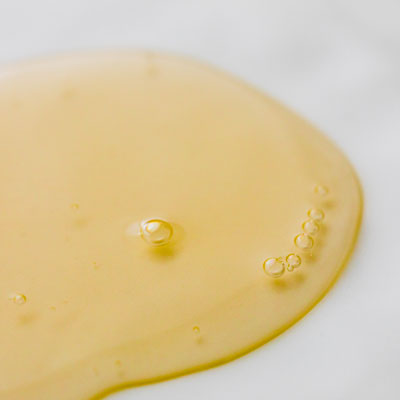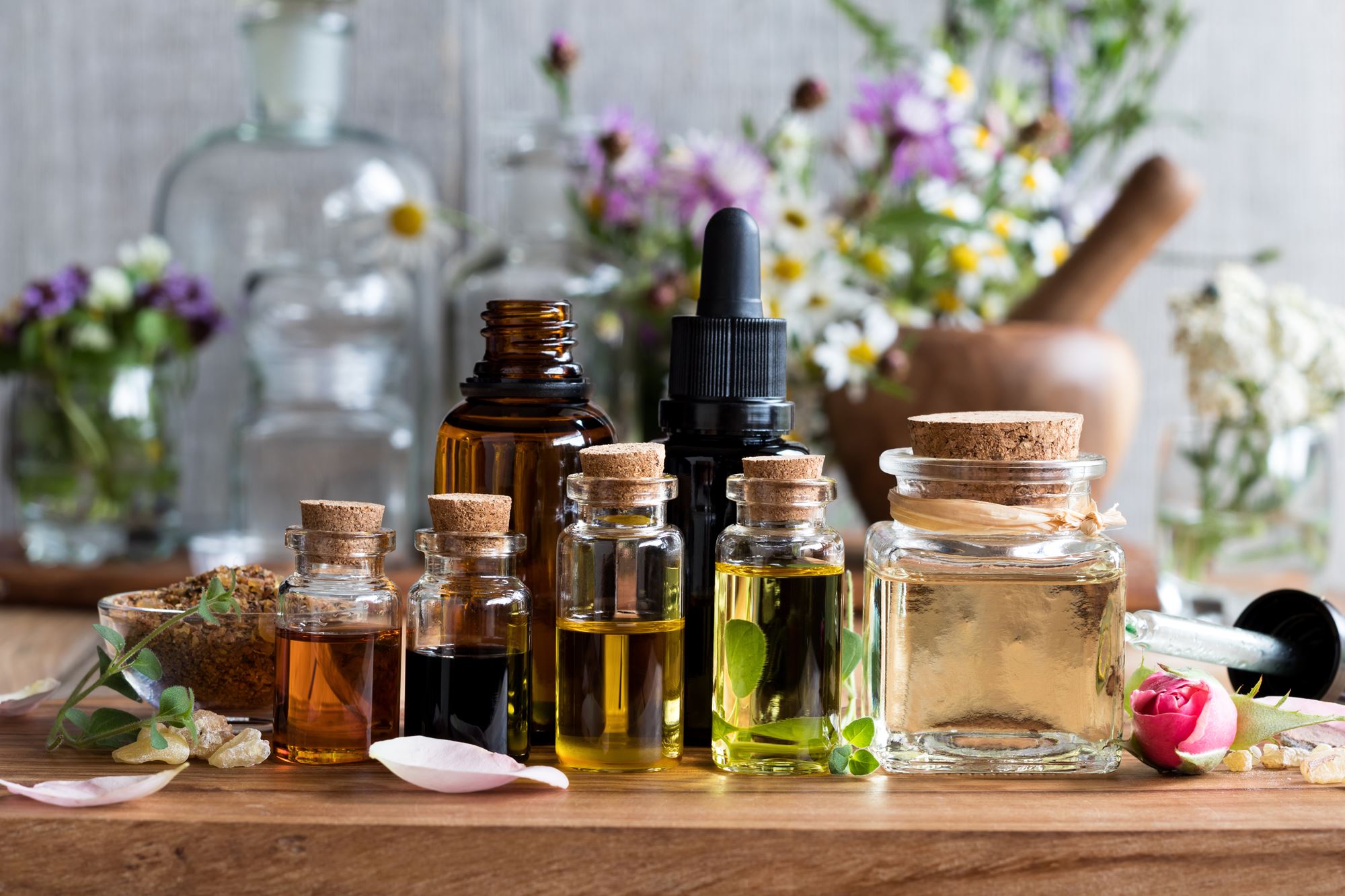What is an essential oil?
Essential oil, the soul of aromatic plants.
It is a precious, fragrant, volatile and non-oily substance, unlike fruit or seed vegetable oils, such as olive or sunflower oil.
A true reserve of vital energy for the plant, essential oil also serves as a defence against predators and as an attractor for pollinating insects. Unlike the sap that circulates throughout the plant, Essential Oil is contained in specific parts of the plant. It may be concentrated in the petals (rose, orange blossom), the wood (sandalwood), the leaves (geranium, palmarosa), the fruit (orange or lemon peel), or in the whole plant (lavender).
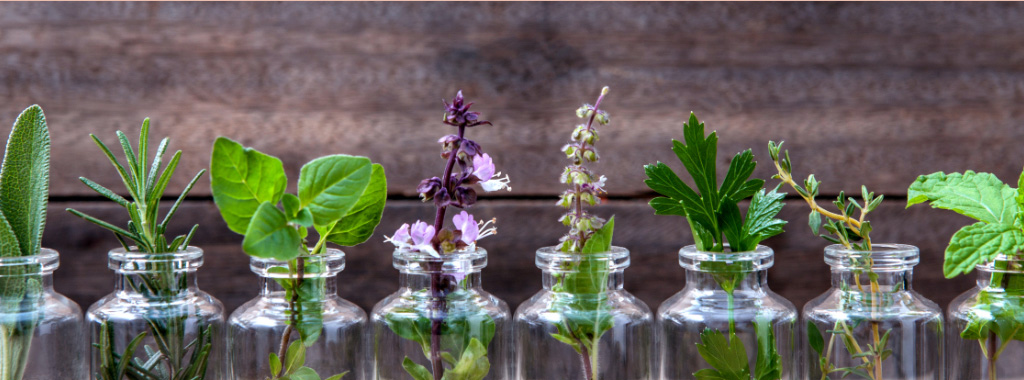
Essential Oils: exceptional cosmetic active ingredients
Concentrates of efficiency and well-being, Essential Oils are precious active ingredients: it takes 800kg of lavender to produce 1 litre of its essential oil and 5 tonnes of rose petals for the same quantity of rose essential oil. And it only takes a few drops to obtain an effectiveness or to perceive its scent.
Essential oil is an incomparable active ingredient. It is both:
How do you obtain an essential oil?
Click on one of the points of interest to find out how an essential oil is produced.
Chimney
The part or parts of the plant containing the Essential Oil are placed in a still in which water is brought to a boil.
Steam
The steam that is released then passes through the plant mass and draws the volatile essential oils with it.
Condensation
At the still’s outlet, the components are condensed in a refrigerated coil: a heterogeneous mixture of water and essential oil is obtained.
Essentier
As the two liquids have different densities, they can easily be separated.
- Easy and practical to set up, even outdoors, this device can be used directly in the crops or fields, meaning extraction can be carried out immediately after picking, which especially useful for fragile flowers such as Ylang-Ylang or jasmine.
- Nowadays, water can be replaced with various types of solvents, allowing for more refined extractions.
The incredible history of essential Oils
KIOTIS know-how
Research
To discover and reveal the multitude of effective cosmetic actions that Essential Oils offer, the Kiotis Laboratory carries out every year numerous scientific tests. To date, more than 210 tests have been carried out on 51 Essential Oils, revealing 31 cosmetic properties.
These precision tests also enable one to determine the exact concentration needed for a given action. Moreover, the Kiotis Laboratory holds exclusive rights to all updated and new cosmetic actions by means of Scientific Patents. To date, Kiotis holds 14 Scientific Patents for properties in the field of skin care.
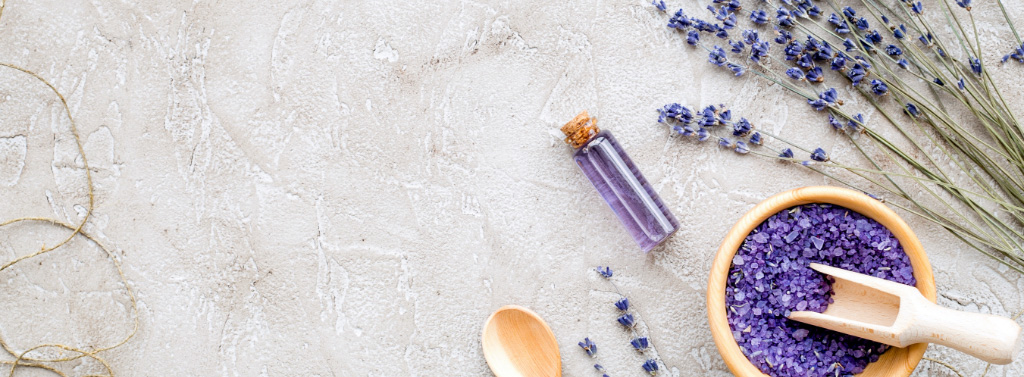
Development
The Kiotis Laboratory possesses a unique know-how in the blending of Essential Oils, as well as in the development of effective formulae with tested, proven results and generous, sensorial textures. A reference in the cosmetic effectiveness of Essential Oils, KIOTIS is a unique brand in the Beauty world.
